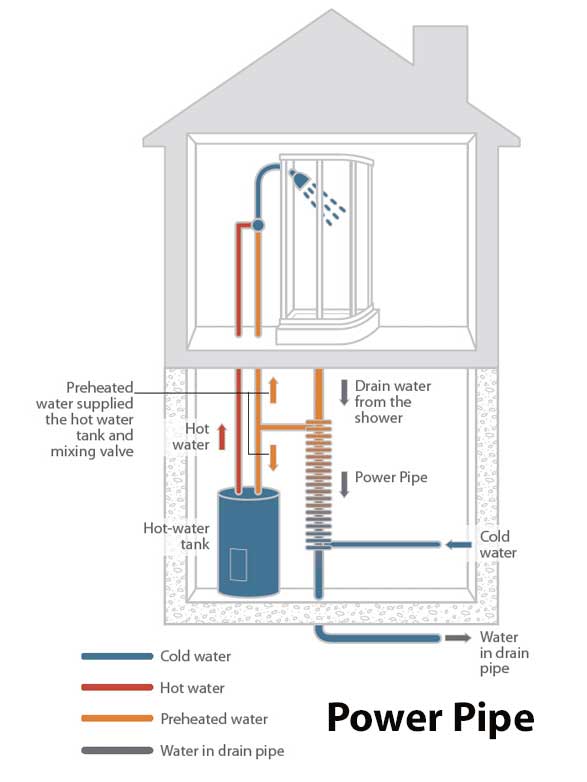I came here, last year and decided to wait until my 19 YO A.O.Smith actually fails. After a thorough tank flush and although the thermostat is all the way up to the limit, it still hasn't failed. I have a power vented unit in the basement and, after replacing the leaking pressure valve and doing a flush, it has no leaks and has enough hot water for two showers.
I had shopped around the Net, last year, and had pretty much decided on another power vented unit from A.O.Smith. Of course, since I had to trash my old hard drive on the computer, I lost all of that information.
I know that I do want a high efficiency power vent unit and NOT a tank-less unit.
I surely would like to do this job myself so I may ask about the gas plumbing changes that are needed, if any in fact are needed. My hope is to find a new unit that matches up to the old unit in exterior dimensions and plumbing dimensions, as well, so that there will be little to do but shut off the gas, evacuate the plumbing, disconnect, connect the new and turn it on and fire it up. It shouldn't be THAT big a deal. Right?
My current unit is a FPS--40--J00N010000, a 42K BTU Gas fired unit.
I would like to move up to a larger volume unit, even there are only two of us living here.
I'm open to suggestions and providing any additional information.
While at Costco the other day, I noticed a Lenox Promo table and asked for literature. I haven't called for an estimate appointment because I would like to do this on my own or with a helper. Any suggestions or comments?
Is it practical to consider more for a Hybrid or High Efficiency Unit, considering the relatively small amount of savings that I will realize by doing so?
Thank you.
I had shopped around the Net, last year, and had pretty much decided on another power vented unit from A.O.Smith. Of course, since I had to trash my old hard drive on the computer, I lost all of that information.
I know that I do want a high efficiency power vent unit and NOT a tank-less unit.
I surely would like to do this job myself so I may ask about the gas plumbing changes that are needed, if any in fact are needed. My hope is to find a new unit that matches up to the old unit in exterior dimensions and plumbing dimensions, as well, so that there will be little to do but shut off the gas, evacuate the plumbing, disconnect, connect the new and turn it on and fire it up. It shouldn't be THAT big a deal. Right?
My current unit is a FPS--40--J00N010000, a 42K BTU Gas fired unit.
I would like to move up to a larger volume unit, even there are only two of us living here.
I'm open to suggestions and providing any additional information.
While at Costco the other day, I noticed a Lenox Promo table and asked for literature. I haven't called for an estimate appointment because I would like to do this on my own or with a helper. Any suggestions or comments?
Is it practical to consider more for a Hybrid or High Efficiency Unit, considering the relatively small amount of savings that I will realize by doing so?
Thank you.

